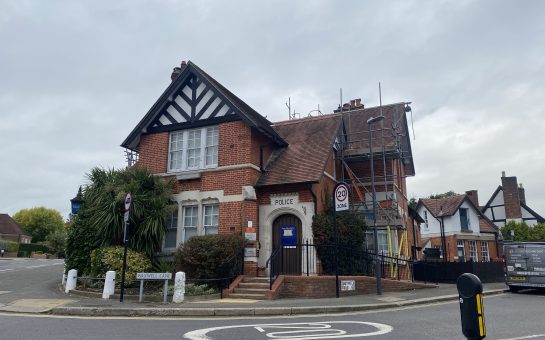Attendances in the National League, England’s fifth tier, have skyrocketed following a season of games played behind closed doors due to Covid.
For nearly a decade the average attendance over a National League season was consistently around the 2,000 mark, but this season the number jumped by nearly 1,000 from the last season played in front of fans.
An average attendance of 3,089 this season is the highest for a season in the fifth tier since records began and can only be seen as a positive for non-league sides.
This average attendance is skewed due to the sides with the six highest attendances: Wrexham, Stockport County, Notts County, Chesterfield, Southend United and Grimsby Town.
The average attendance of those six sides alone is 6,744, however the league’s average without those six sides drops down to 1,783.
These figures show that those ‘big six’, all of whom have spent the majority of their existences in the EFL, are significantly bringing up the average for the rest of the league.
These six clubs had a higher average attendance than 20 of the 24 sides in League Two, the division above.
Non-league clubs’ main source of income is through getting spectators into matches and then being able to sell them food and drink, with very little broadcast revenue and no prize money for league positions.
Wingate & Finchley FC play just two divisions below the National League in the Isthmian League Premier Division and rely on attendances to keep them afloat
The rise in attendances since the pandemic is promising, but they are still a world away from National League attendances with an average of 299 coming through their turnstiles this season.
A spokesperson for the Blues said: “Football clubs cannot exist without fans, even more so the lower down the football pyramid you go.
“At Wingate & Finchley we have been so pleased to see more and more fans come through the turnstiles to cheer their team on, and I know the team appreciate their support too.
“Ticket sales are the main source of income for a non-league club so it is doubly important that fans keep coming down to the Maurice Rebak Stadium next season and continue to show their passion and support.”
Many current National League sides progressed through the Isthmian Leagues to get where they are now and saw their attendances grow, which Wingate & Finchley will hope can happen to them.
Grimsby and Southend were both relegated from League Two in the previous season, while the other four have all spent a fair sum of money to assemble squads to send them back to the EFL, which have brought in the large crowds.
Wrexham, who have the league’s highest average attendance, were taken over by Hollywood giants Ryan Reynolds and Rob McElhenney last year which has led to a spike in their attendance.
Apart from Southend, who endured a tough start to life in the fifth tier, the rest of the ‘big six’ all achieved a top seven finish, giving them a shot at promotion, showing that the big crowds can spur their sides on.
One of the most notable examples of the National League’s incredible attendances this season was Notts County’s Meadow Lane clash with Solihull Moors which broke the attendance record for the division with 12,843 spectators.
For comparison there were more than 2,000 fewer fans at the Vitality Stadium to watch second tier Bournemouth seal promotion back to the Premier League.
This season, the National League had a total of over one and a half million people coming through the turnstiles, yet 58% of those spectators were at the grounds of the ‘big six’ alone.
Interestingly every side outside of the ‘big six’ had attendances under the average for the league, displaying a huge gulf. This disparity in attendances could be more significant than it might in other leagues due to the importance of gate receipts at non-league level.
Featured Image Credit: Mark Barnes via WikiCommons CC 3.0





Join the discussion